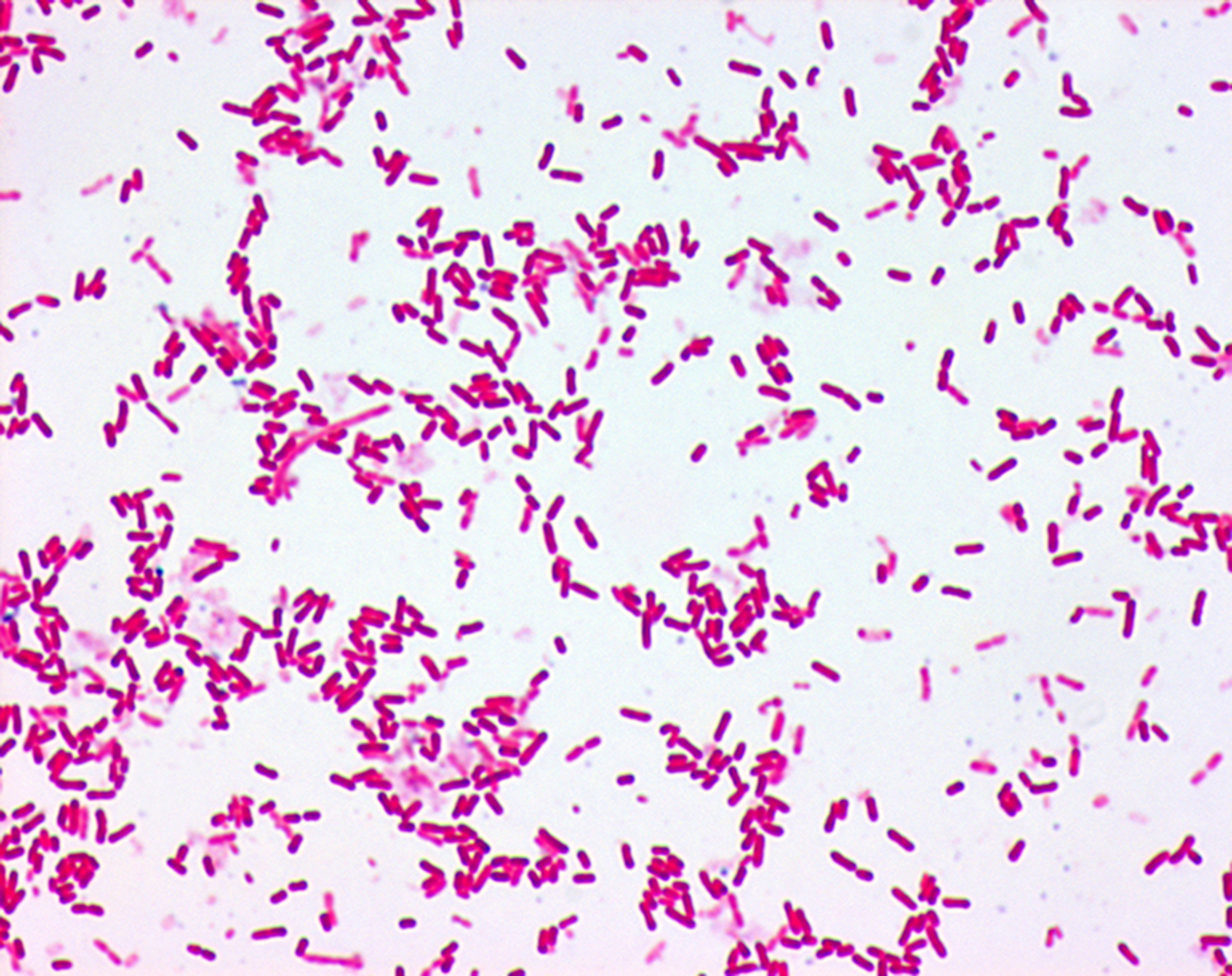Pantoea Agglomerans
Research has shown that Pantoea agglomerans can serve as a plant pathogen competitor for the management of plant diseases. Fire blight, a plant disease caused by bacterium Erwinia amylovora, is commonly found in pear and apple crops.[2] After coming in contact with Erwinia amylovora, Pantoea agglomerans produces antibiotic properties that are toxic to the fire blight-inducing bacterium. It has been identified that it is possible that habitat modification or exclusion may also play a role in the effectiveness of the antibiosis of the fire blight biological control.[3]
Environmental factors influencing the growth and spread of Pantoea agglomerans include winter chilling, good sunlight exposure and quality air circulation.[4] In order for fruit-bearing trees, such as apple and pear trees, which are common Pantoea agglomerans hosts, to bloom, it is essential that they receive a period of chilling to revive them from their dormant state in the following Spring. In terms of sunlight exposure, fruit trees generally grow best in warm, moist and well-lit environments, thus Pantoea agglomerans must also be able to survive under these conditions if it hopes to infect healthy plant hosts. Additionally, since Pantoea agglomerans is an aerobic bacterium, it requires a certain level of air circulation in order to survive




